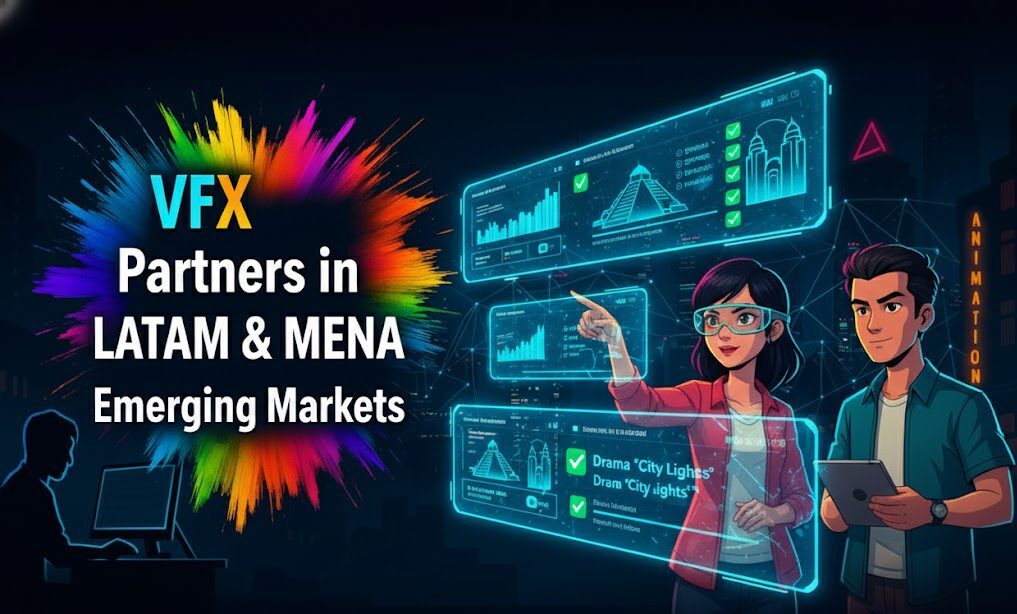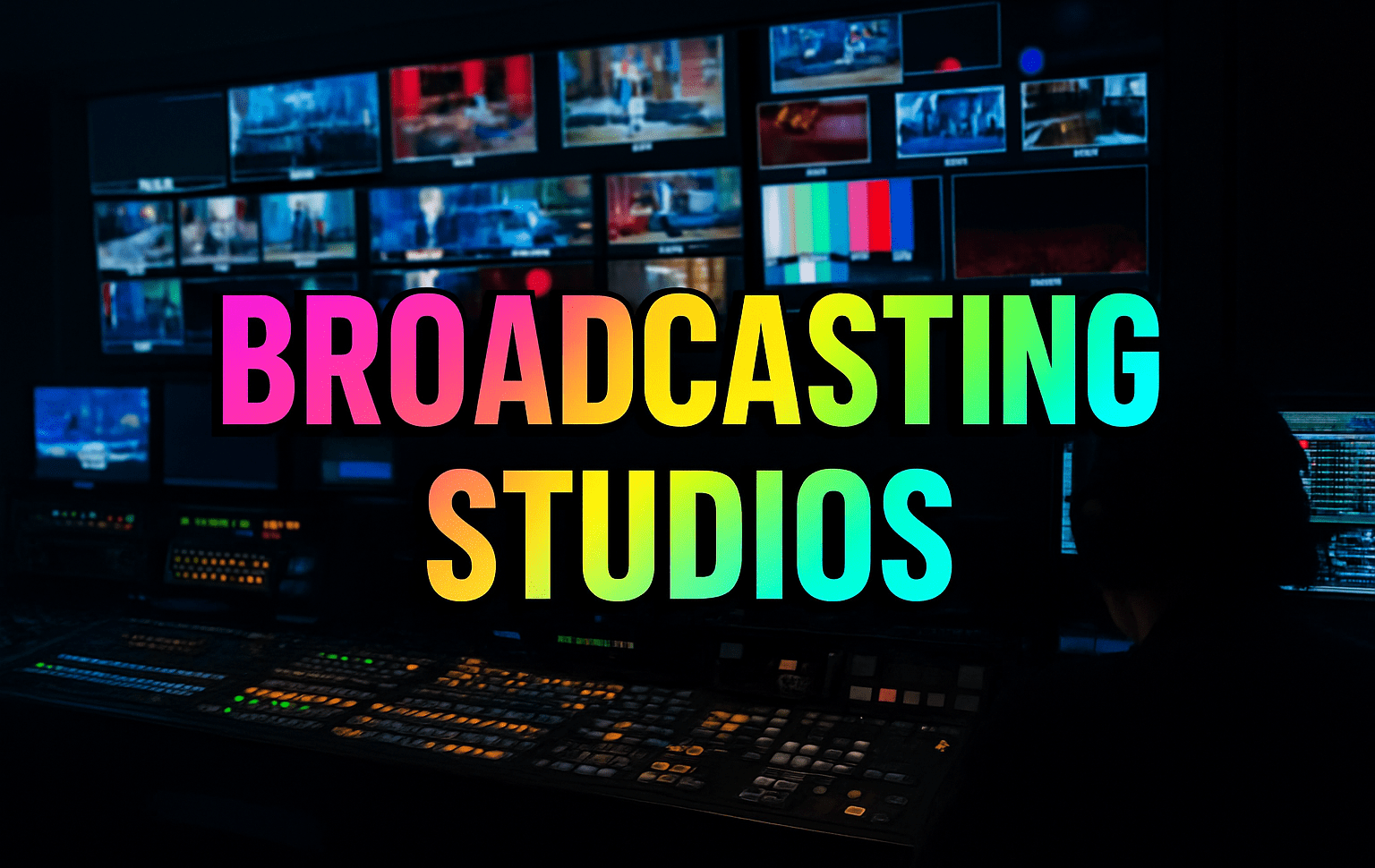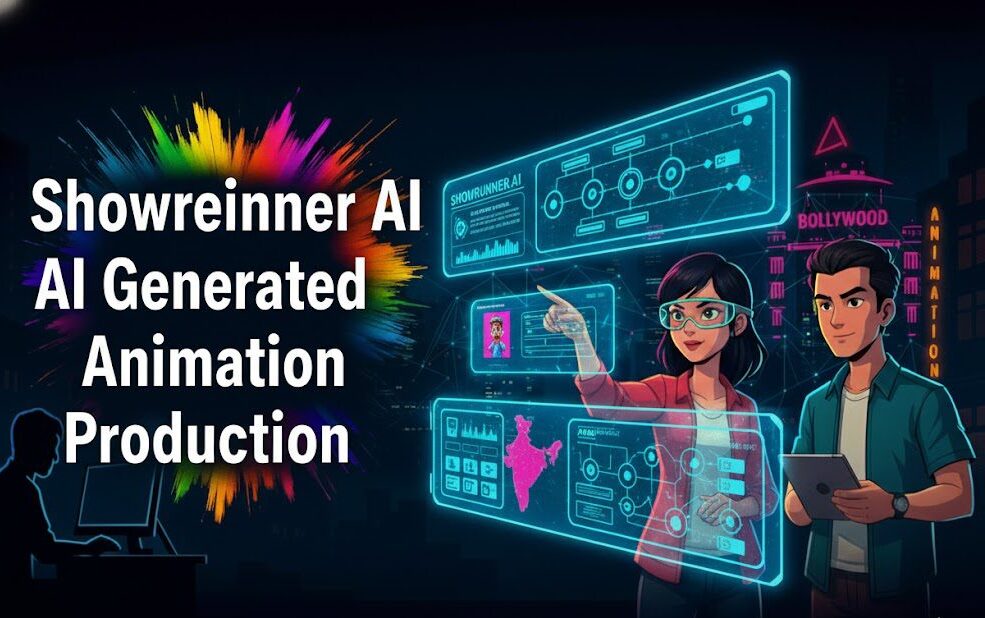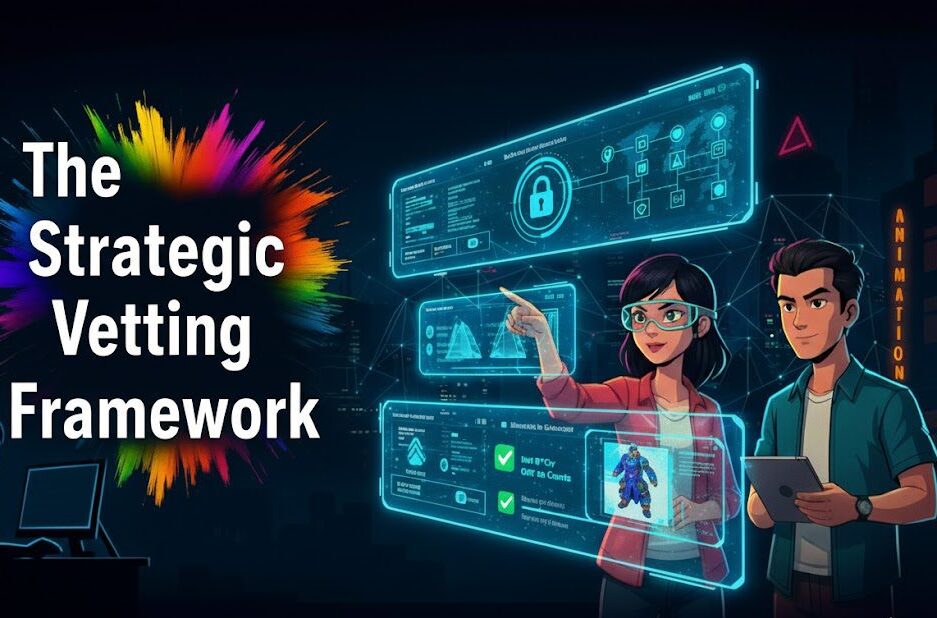Introduction
The Request for Proposal (RFP) process is a cornerstone of procurement in the entertainment industry, yet it often presents complex challenges. From defining project scopes to managing vendor communication, the obstacles can hinder the efficiency and success of a project. For professionals navigating content acquisition, localization services, or post-production partnerships, understanding and addressing these issues is critical.
This article delves into the most pressing RFP challenges faced by entertainment professionals, offering actionable solutions and insights into emerging tools like Vitrina.ai, designed to streamline the process.
Key Takeaways
| Topic | Key Insights |
| Introduction to AI in Movies | Understand how AI is revolutionizing the movie industry and its future impact. |
| AI in Movie Pre-Production and Production | Explore AI’s role in scriptwriting, casting, and managing production schedules. |
| AI in Post-Production and Visual Effects | Learn how AI is enhancing post-production tasks like editing and VFX. |
| AI in Movie Editing and Sound Design | Discover AI’s contributions to film editing, sound design, and dialogue enhancement. |
| AI in Movie Distribution and Audience Engagement | See how AI is transforming movie marketing, distribution, and audience engagement. |
| Specialized AI Applications in Movies | Delve into AI’s role in script generation, storytelling, and film restoration. |
Overcome RFP Challenges Now!

1. RFP Challenges
The Request for Proposal (RFP) process is a cornerstone of procurement in the entertainment industry, yet it often presents complex challenges. From defining project scopes to managing vendor communication, the obstacles can hinder the efficiency and success of a project. For professionals navigating content acquisition, localization services, or post-production partnerships, understanding and addressing these issues is critical.
This article delves into the most pressing RFP challenges faced by entertainment professionals, offering actionable solutions and insights into emerging tools like Vitrina.ai, designed to streamline the process.
2. RFP Challenges Specific to the Entertainment Industry
Unique RFP Obstacles in Media and Entertainment
The entertainment industry faces distinct challenges when handling RFPs, such as the need for vendors specializing in niche services like localization or post-production. Cultural alignment, especially for international content, further complicates vendor selection.
Impact of Delays in Vendor Selection
Delays in choosing vendors can disrupt tight production timelines. For instance, a prominent OTT platform once faced weeks of delay when selecting a dubbing service provider, impacting its global release schedule.
Global Content Acquisition Complications
Acquiring global content often requires aligning RFPs with regional legal frameworks and cultural expectations. This complexity increases the likelihood of missteps, leading to delayed or suboptimal outcomes.
Optimize Vendor Selection!

3. Key Issues in RFP Processes
Communication Barriers
Miscommunication between buyers and vendors is a leading cause of inefficiencies. Ambiguous project descriptions or delayed responses to vendor queries can result in irrelevant proposals and missed deadlines.
Cost and Time-Intensive Processes
RFPs often involve hidden costs due to incomplete details or inefficient manual processes. These inefficiencies consume resources and reduce ROI, especially for smaller studios.
Vendor Misalignment
A poorly defined scope can result in proposals that fail to meet project requirements. Without tools to evaluate vendor compatibility, the risk of selecting the wrong partner increases.
4. Overcoming RFP Challenges
Tools and Technology
Leveraging technology can significantly ease RFP challenges. AI tools like Vitrina.ai enable buyers to match with specialized vendors, automate proposal evaluation, and gain insights into vendor performance.
Best Practices for Buyers
Crafting a comprehensive RFP is critical. This includes clear objectives, detailed project requirements, and a timeline for deliverables. Buyers should also establish key performance metrics for evaluating proposals.
Strategies for Vendors
Vendors can enhance their RFP submissions by addressing buyer pain points directly and providing tailored solutions. Success often hinges on prese
Revolutionize Your Procurement Process!

5. Case Studies and Success Stories
Lessons from Failed RFP Processes
A global production company lost valuable time and resources due to an RFP that lacked clarity on required localization services. The result? Misaligned proposals and delayed project completion.
How Vitrina.ai Solves RFP Challenges
Using Vitrina.ai, an independent studio streamlined its vendor selection process for a multilingual dubbing project, reducing the selection timeline by 40% and ensuring quality alignment.
6. Future Trends in RFP Processes
Emerging Trends for 2025
The rise of real-time analytics and AI-powered tools is transforming the RFP landscape. Entertainment companies are now adopting automation to handle repetitive tasks, ensuring faster and more accurate results.
Global Trends Influencing RFP Strategies
The growing demand for diverse and localized content is shaping RFP strategies. Companies must account for cultural nuances and regional preferences when drafting proposals.
Conclusion
The RFP process, though challenging, is a vital component of procurement in the entertainment industry. By addressing common pitfalls and leveraging tools like Vitrina.ai, professionals can streamline operations, enhance vendor selection, and improve project outcomes.
Frequently Asked Questions
The most common challenges include unclear project scopes, high costs, miscommunication, and time-intensive manual processes.
RFP challenges in the entertainment sector can lead to delays in vendor selection, misaligned proposals, and increased costs, particularly for localization and content acquisition projects.
Tools like Vitrina.ai simplify vendor selection, automate evaluations, and provide actionable insights to enhance procurement efficiency.
AI tools enable better vendor matching, automate repetitive tasks, and reduce manual errors, saving time and resources.
Emerging trends include the adoption of real-time analytics, AI-driven tools, and greater emphasis on cultural alignment for global projects.































